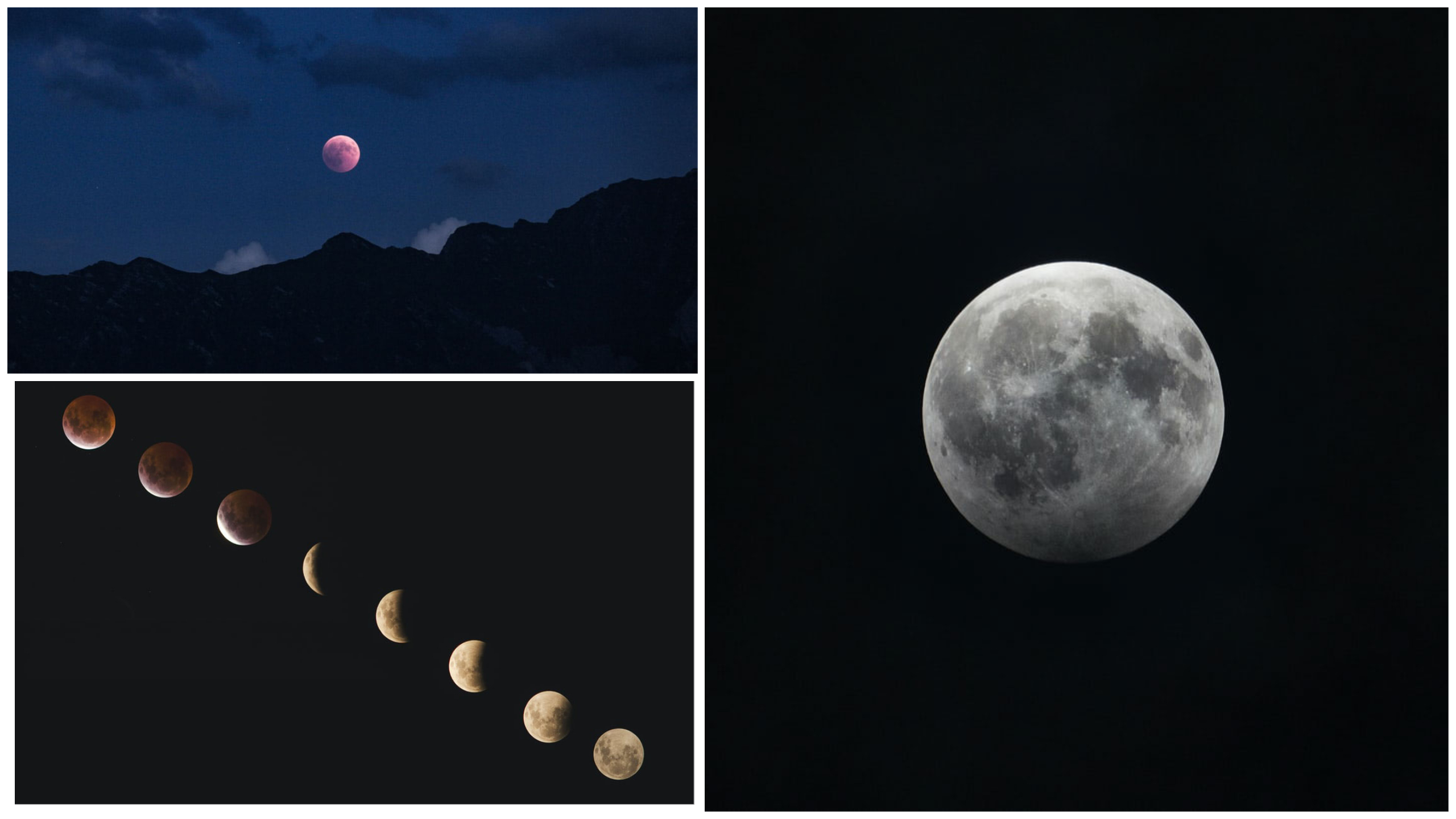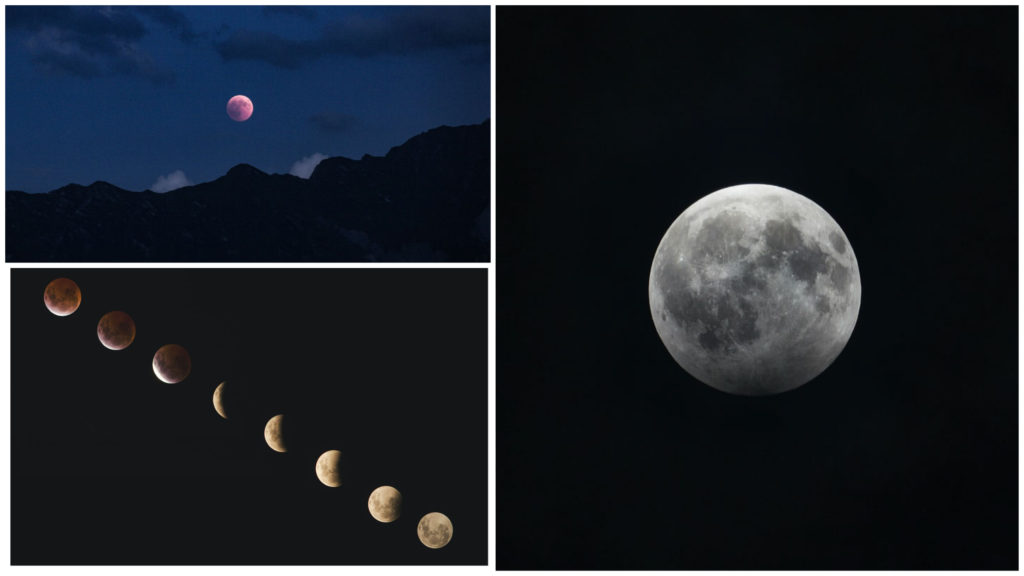

Eclipses are reminders that we live in a solar system where gigantic planets and moons swirl around each other in predictable dances.
What is a Lunar Eclipse?
In a partial or full lunar eclipse, our own planet casts part or all of its shadow on a moon 239,000 miles (almost 385,000 kilometers) away as the two orbs pass each other in their ancient, orbital swing dance.
When is the Lunar Eclipse Visible?
If your 4th of July of 2020 is a bust as far as excitement in the sky goes, the evening will still offer something equally if not more jaw-dropping to watch. There will be a partial eclipse of the moon that will happen July 4th, 2020.
From the West Coast of the United States, you get ready for the beginning of the eclipse shortly after 8pm PDT July 4th, 2020. “Time and Date” can give you the exact time and viewing information for your area here:
https://www.timeanddate.com/eclipse/lunar/2020-july-5
This particular eclipse is a “partial penumbral lunar eclipse” – partial because earth’s position in orbit will only cast a shadow on part of the moon; “Penumbral” means “almost a shadow” derived from Latin paene almost + umbra shadow.
A full lunar eclipse would be a blood moon, since the earth’s shadow over the entire moon makes it look reddish.
Is it Safe to Watch a Lunar Eclipse?
Lunar eclipses are gentler than solar ones: you can watch this safely with the naked eye and not suffer the eye damage you would receive in a solar eclipse – no nasty invisible infra-red light to burn your retinas.
Where Do Moon Phrases Derive Their Names?
Full moons have colorful nicknames in the US that we mostly owe to Native Americans. Some native civilizations had their own lunar calendar to mark the seasons. The July moon was called the Buck moon by eastern American tribes (possibly the Algonquin) because July is the month that bucks begin to grow their antlers.
Lunar Eclipse – Historically An Eerie and Magical Time
Almost all human civilizations in the past considered lunar eclipses as harbingers of disaster. Anyone seen a global disaster lately? Makes one wonder. One Inca myth said a Jaguar attacked and tried to eat the moon, causing the moon to shed blood, hence the red shade. The ancient Mesopotamians believed seven demons were attacking the moon.
One Native American Tribe (the Hupa of Northern California) believed the moon had 20 wives and lots of flesh-eating pets. If the moon did not feed them enough they would attack the moon, causing it to bleed.
The fact that this eclipse takes place in the wee hours of the morning – not too far from the “witching hour” – adds to the feeling we are part of some powerful celestial warning.
Sadly, this eclipse is only partial and is not going to look like a savage attack on our moon, just a slight bruise perhaps. But it will give us a chance to see the motion of the planets in action, reminding us of how tiny we are in such an enormous, awesome universe.
Further Reading:
- https://www.cnn.com/2020/07/04/weather/lunar-eclipse-buck-moon-fourth-of-july-scn-trnd/index.html
- https://www.timeanddate.com/eclipse/blood-moon.html
- https://www.nationalgeographic.com/news/2014/4/140413-total-lunar-eclipse-myths-space-culture-science/
- https://www.easterntrail.org/why-native-americans-named-the-moons/
Leave a Reply